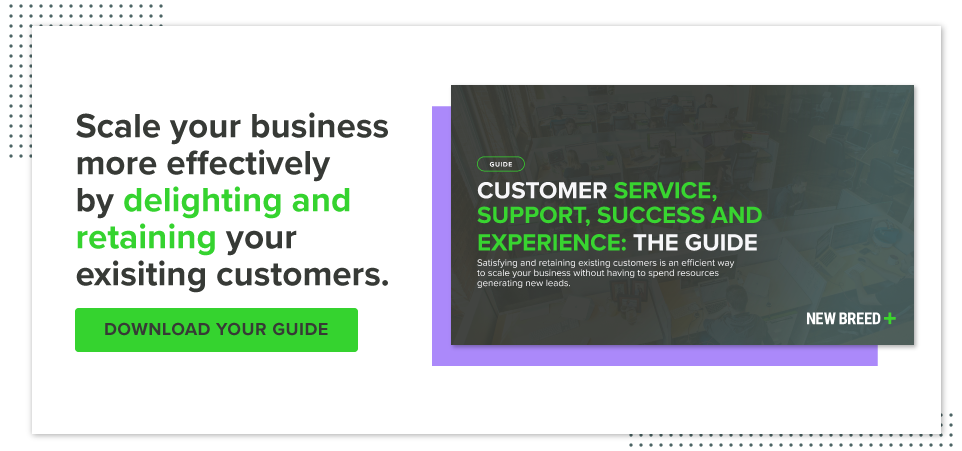How to Leverage Customer 360s for Customer Success

To be able to effectively implement customer success tactics, you need to understand who your customer is and what kind of situation they’re in. Any proactive playbooks you run need to be aligned with their needs and reactive playbooks need to be informed by the sum of their interactions with your customer — not just the communications they’ve had with your team.
Unfortunately, at many companies customer data is siloed across teams, so the information a CSM has access to differs from what a support rep or finance team member may see. But when those different customer-facing teams don’t work together, it can result in customers getting conflicting communications or multiple messages from different people about the same topic, which can negatively impact their experience.
Customer 360s pull all customer data into a single location to create a cross-departmental resource that provides a holistic view of your customers.
“Customer 360s ensure that every one of your team members that’s customer facing has the ability to look at the client in the same lens,” says Luke Owen, Principal Customer Success Specialist at SaaSWorks.
Customer 360s contain quantitative and qualitative data about all aspects of a customer’s engagement with your company, from finance to product to support to customer success. This not only enables you to gain a full understanding of everything your customer is doing, but also shines light on what interactions other teams within your company are having with the customer.
Using Customer 360s to Run Playbooks
You can set up automation to trigger playbooks based on data within your customer 360s, reducing the time you need to spend combing through customer data to identify what accounts to target. Then you can dive deeper into the 360 to verify that the customer is actually a good fit for the play and gain context to help you further personalize your outreach and increase its likelihood of success.
For example, if you’re running a usage-drop playbook in which you want to re-engage customers whose use of your product has declined, you can create a list of customers to target based on a change in their product interactions as recorded in their 360.
That trigger gives you a starting point of accounts to work with, but then the CSM needs to know as much about each customer as possible to guide their outreach. The best way to respond to a usage drop caused by an organizational shift differs from how you should respond to one caused by support issues.
“While I have a playbook and it’s about their logins dropping, there could be other things going on that I need to be aware of that is a supporting aspect of my outreach,” Luke says.
If product usage dropped because of a support issue, you can see that ticket in the 360, follow up on it with your support team and then communicate its status to the customer when engaging with them about their product usage drop. If you didn’t know that information, you might have reached out asking why the customer hasn’t been using your product as much, requiring them to re-explain everything they’ve previously communicated to your company through the support ticket.
By providing you with all the information about an account, Customer 360s help you avoid a poor customer experience being caused by disparate parts of your organization not communicating customer information to each other.
The Takeaway
When your customer success plays are informed by everything else a customer is experiencing, they have a much higher chance of providing value for your customer and driving your desired outcome.
“The moral of the story of the Customer 360 is that it leads to a much more seamless, enjoyable customer experience,” Luke says. “At the end of the day that’s what you want to achieve — give your customers this feeling that they’re not always a stranger every time they’re in touch with someone at your business.”
Quinn Kanner
Quinn is a writer and copyeditor whose work ranges from journalism to travel writing to inbound marketing content.





